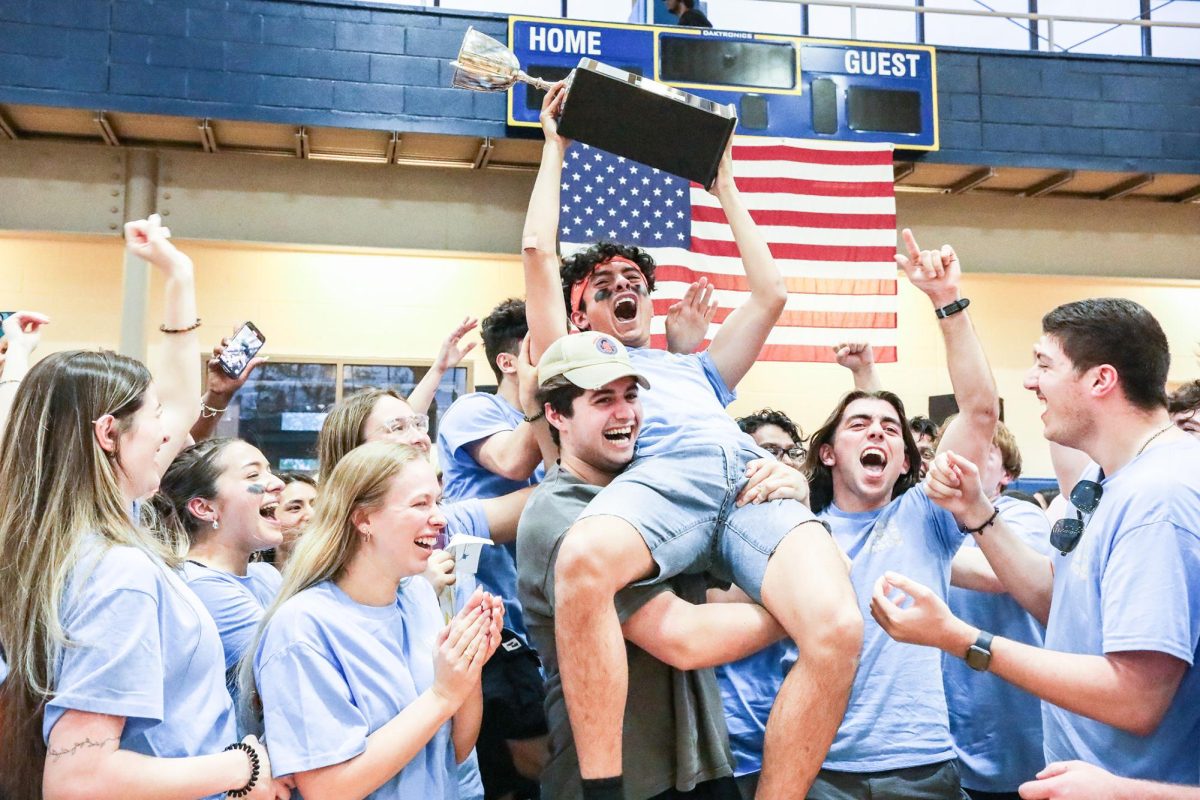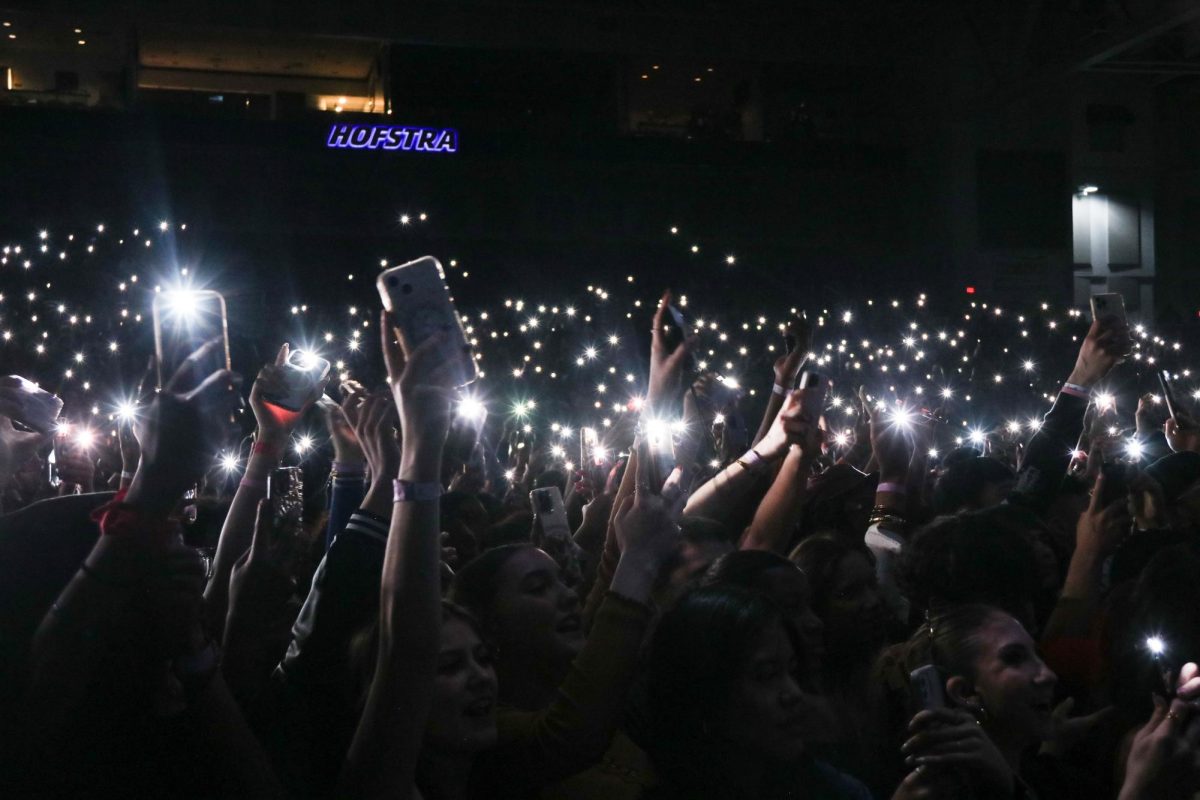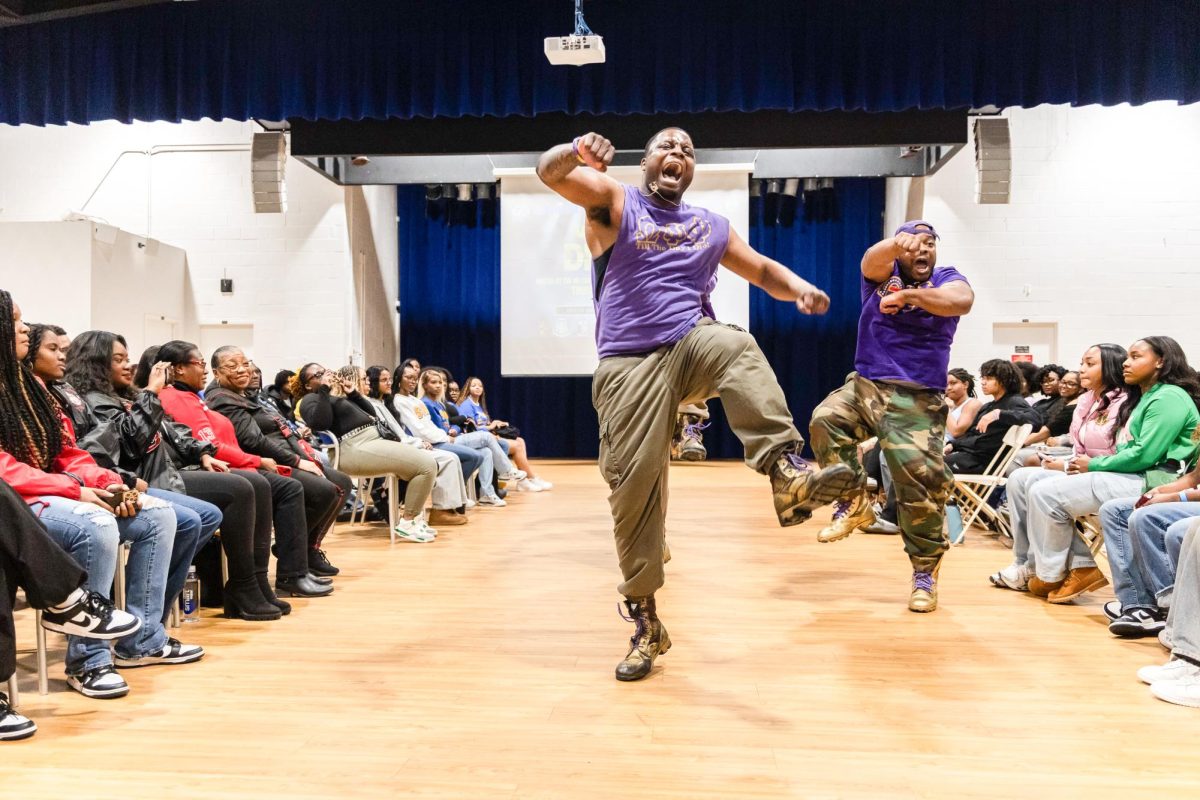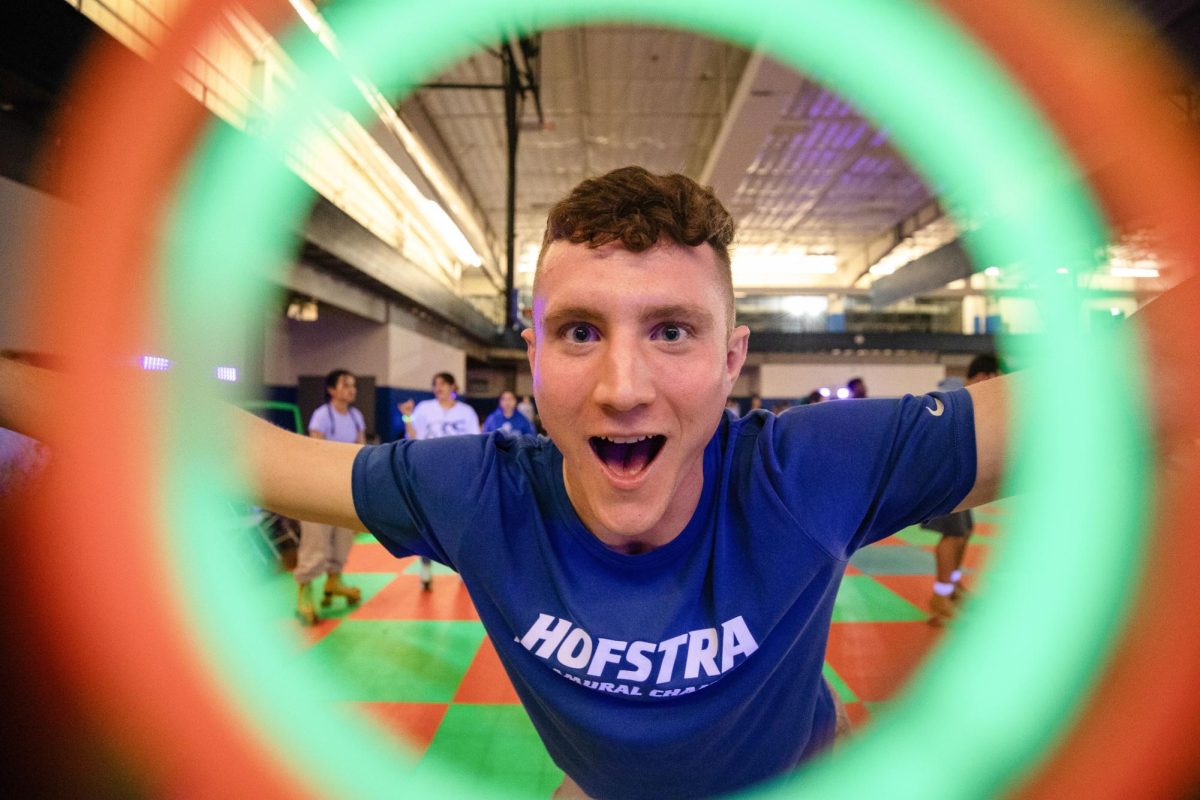“The media” is a term that has been brought up repeatedly during the 2016 presidential campaign and post-election, often coupled with accusations of bias and falling short of standards. For both newsreaders and producers alike, these insinuations have become burdensome and made it difficult to determine if “the media” can still be trusted. The “Restoring Our Faith in Journalism” panel held on Wednesday, Nov. 30, in Studio B of the Lawrence Herbert School of Communication strove to provide reassurance.
The panel was organized by Hofstra’s chapter of the Society of Professional Journalists (SPJ) and included four reporters and editors from various sectors of the media. James Parziale, who works for MSNC.com, Andrew Coen, a reporter for Bond Buyer and Newsday, and Tara Conry, a news editor for Newsday, were three Hofstra alumni joined by Michael Wursthorn, a reporter for The Wall Street Journal.
Moderator Alexi Cohan, a junior journalism major and president of Hofstra’s SPJ chapter, said the panel was meant to “uplift our members and other journalists.”
Topics ranged from jobs in media to who should be held accountable when someone doesn’t receive proper information. A lot of criticism has been aimed at fake news sites recently, especially those that have used social media, such as Facebook, to reach wider audiences.
Some of the panelists pointed out that people tend to read newspapers and news sites that seem to align with their personal political and social beliefs. Sometimes that can result in someone receiving the wrong information without even realizing it.
“People like to read what makes them feel good,” Parziale said.
“We’re not just restoring the trust, but really trying to reach out to people who really aren’t our typical readers and make sure we’re helping to clear up any misinformation that’s out there,” Conry said.
Wursthorn said, “It’s on every reporter at the end of the day to make sure that what we’re reporting is 100 percent accurate and truthful.”
In a world where the speed at which information travels can be just as important as the accuracy of it, reporters and editors are adapting to try to keep up with both.
“More so than ever, publications are doing their job in fact-checking,” Conry said.
Social media has contributed greatly to how fast readers can be alerted to breaking news updates. The growth of social media within newsrooms, and the potential for jobs in that area, was an early focus of the panel.
The way social media has changed how journalists gather information was also addressed. Some prominent figures, including President-elect Donald Trump, are opting to use Twitter more often than press conferences to make announcements and statements.
The time between when an important or controversial tweet comes out, someone fact-checks all that is necessary and the headline is sent out in a push alert, is a race against both the clock and competing news outlets. Speed at the expense of accuracy can be what contributes to appearances of bias that the media have been accused of. The tension surrounding this year’s presidential election has contributed to feelings of dissatisfaction with various news outlets.
For those who have lost their faith in journalism and the media, it may take more than a panel of just four reporters and editors to convince them otherwise. However, the panelists each provided unique insight into the inner workings of a journalist’s thought process and experiences. Accusations of biased writing may continue, and may even increase but there will still be people behind the scenes trying to keep partisanship out of publications.
“It’s going to be very tough after this election cycle,” Coen said about regaining trust after all the negative light that has been placed on the media recently. “It’s very divided.”












